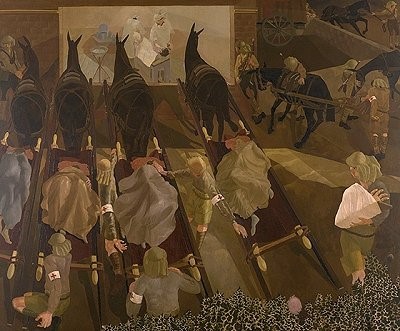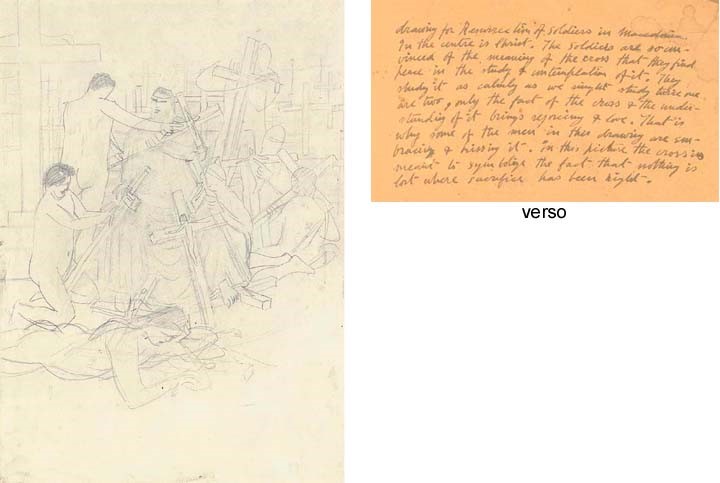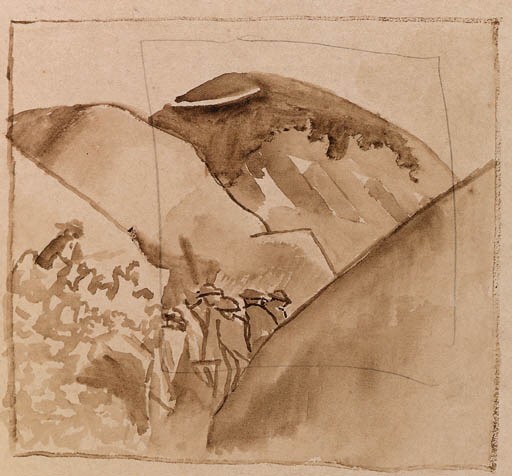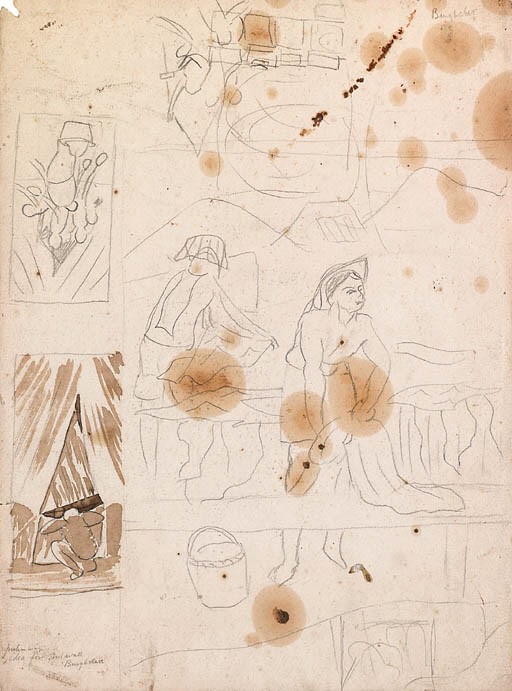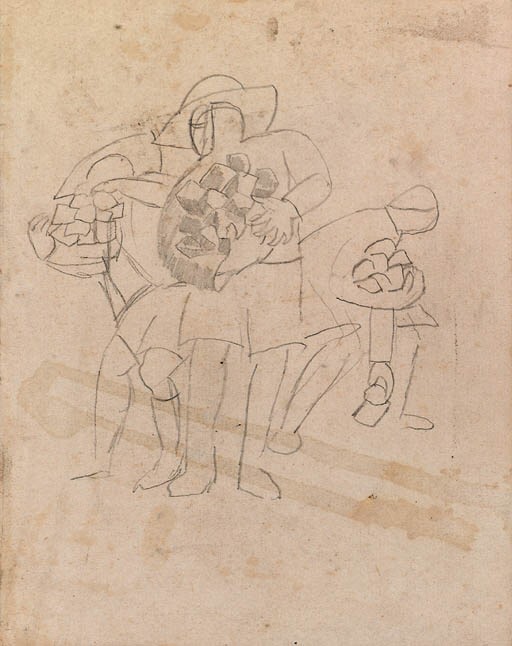Born on 30.06.1891 in Cookham, Berkshire, died on 14.12.1959 in Cliveden, Sir Stanley Spenser is considered as a leading British war painter of the two great wars. His works are primarily associated with religious imagery and is predominantly Surreal in style. Stanley was a pupil at the Slade School of Art at the age of 17 years old. He was elected into the Royal Academy in 1950 and Knighted in 1959. His brother Gilbert Spenser (1892-1979) was also a reputable war artist.
When the First World War started Spenser volunteered in 1915 to join the Royal Army Medical Corps and worked at Beaufort hospital in Bristol. In 1916, he was sent to be part of the 68th Field Ambulance Corps as a nurse in Macedonia.
He wrote to his friend Henry Lamb (who later also served service in Macedonia) about his experiences while working as a nurse: “Two hundred patients or more would arrive in the middle of the night-this was disquieting and disturbing. One had just gotten used to the patients one had; had mentally and imaginatively visualize them. I have to move patients with their beds from one ward to another or perhaps to the theater.”
He spent two and a half years in Macedonia despite his attempts at getting sent back to the west as an army painter. He only returned after contracting malaria in 1918.
Shortly afterwards, he was commissioned by the War Artists Advisory Committee to paint what became Travoys Arriving with Wounded at a Dressing Station at Smol, Macedonia, September 1916 (now in the Imperial War Museum, the Greek name of Smol is Mikro Dassos). This is the most famous work of this artist. It was visibly the consequence of Spencer’s experience in the medical corps. It clearly demonstrates the atrocities of the war that Spencer experienced. He painted this remarkable work from memory for he had lost his sketchpad; it is a view from above of sleds (or travoys) holding wounded soldiers from 22nd Division who had been fighting troops from Bulgaria. They symbolically converge from every angle on the brightly lit operating theatre. There is a sharp contrast between the rudimentary sleds pulled by mules and the operating theatre where a wounded man is being anaesthetized with ether. The intensity of the picture is heightened by the details of the hands, the rumpled blankets and the animals apparently as exhausted as the men. Spencer turned down all subsequent requests to produce any further painting of his stay in the Balkans.
His sympathy towards the wounded and dead soldiers was the greatest influence war had on this artist. He painted pictures for them and of them. In order to take their minds off the war, and by doing so, he changed his traditional painting methods, which were mostly religious themes, to one that was more representative of reality. Today, these drawings and sketches from the wounded soldiers on the Macedonian front are fetching extremely high prices at the leading auction houses around the world.
